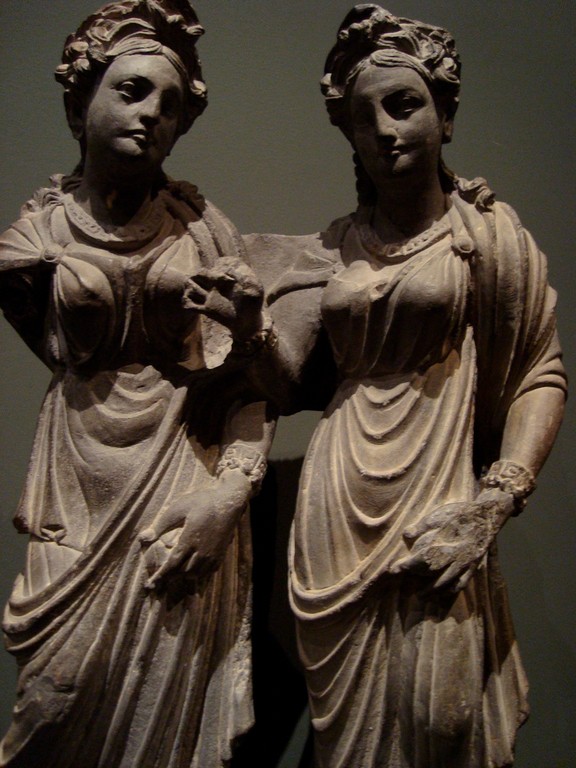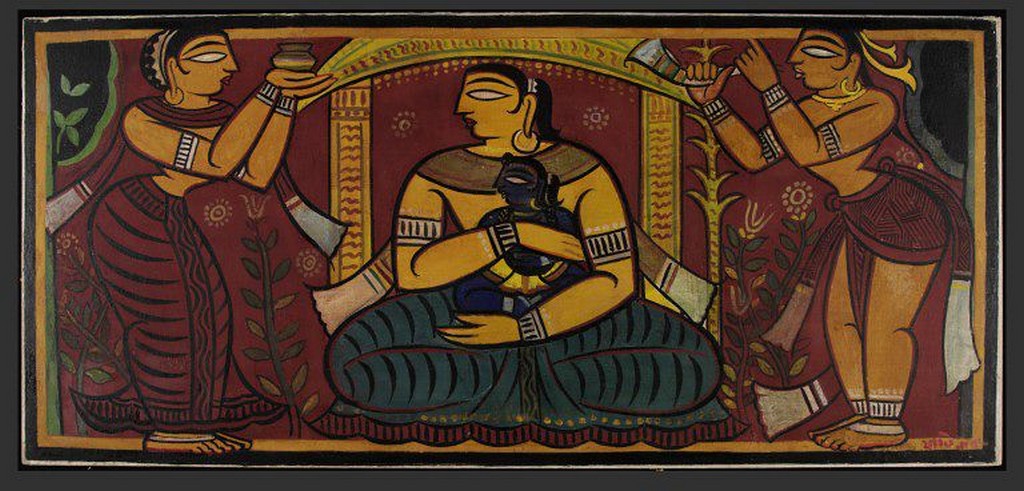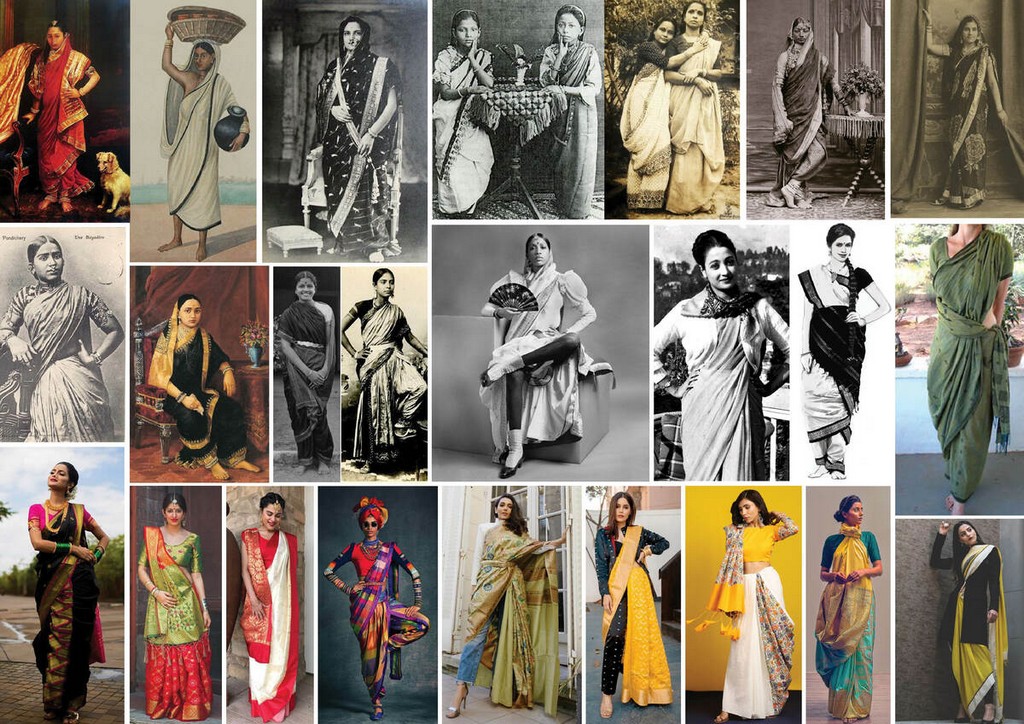The Saree’s Origins: Deeply Rooted Cultural Heritage Evolving Through Centuries
07/03/2024 2024-03-07 17:56The Saree’s Origins: Deeply Rooted Cultural Heritage Evolving Through Centuries
The Saree’s Origins: Deeply Rooted Cultural Heritage Evolving Through Centuries
Saree’s origin:
Date ranges cover hundreds or even thousands of years, as is the case with much of history; therefore, pinpointing the precise origin of an idea, inno5,000on, or artistic creation can be difficult. We asked Anita Lal, the creator of Good Earth and a guardian of Indian aesthetics, for her thoughts on the history of the saree. Its likely 5000-year roots cover a wide geographic area.

History: Men and women have been wrapping unstitched cloth since the beginning of the Indian Subcontinent. The shawl covering the statue of an Indus priest serves as proof that this custom dates back to the Indus Valley era. Since the saree, as a variation, required a significantly longer length of cloth—between four and nine yards—to drape both the upper and lower bodies, it may have evolved later.

In the second century BC, Alexander III of Macedon, also referred to as Alexander the Great, ventured into India. It is possible that he had an impact on South Asian and Indian fashion. It appears that numerous other nobility of the Mauryan court also wed Greek women, starting with Chandragupta Maurya’s marriage to Cornelia, the daughter of Alexander’s general, Seleucus 1 Nicator. Greek women in the Mauryan court wore chiton, a long, single piece of draped fabric that was draped over one shoulder and pleated like a skirt.
Drape: Greek-Indian sculptures from the Gandhara region feature intricate drapes that resemble sarees. Given that women’s clothing in ancient Indian sculptures was limited to cloth wrapped around the waist, resembling a sarong, with the odd shoulder cloth, this may have been an ancestor of the saree.

The unique ways that various regions of the subcontinent draped a piece of unstitched cloth, which could be equally adapted by men and women for daily, ritual, and even festive dress, are what make Indian civilization so brilliant.

Because it is an example of how to modify the sarees to give it a casual, seductive appearance, the Nivi drape is still the most popular today.
Fluidity: In my opinion, wearing unstitched clothing to cover one’s body is gender-neutral. The name of the garment—Saree for women, dhoti, veshti, and lungi for men—was chosen by the way it was draped. A length of unstitched cloth that could be used as a shawl to cover the upper body or as a pagdi for the head was called a “chira” in Sanskrit. This had an impact on the entire Indian Ocean island culture’s attire. One such item is the sarong.
Jamini Roy, “Krishna,” gouache on canvas, 1930. It shows Krishna as a small, blue-skinned baby curled up on Yashoda, his foster mother. On either side of Yashoda, there are devotees wearing draped clothing—a man and a woman—and she is wearing a saree. picture | London’s Victoria & Albert Museum

Prospective positive: We are lucky to have inherited an uninterrupted civilization that dates back nearly three millennia. A great deal of our ceremonies, crafts, and weavings, including the Rig Veda chants, are examples of how temporal and spiritual traditions have survived and evolved over time. We may be flexible and unique in our culture, and we have the ability to take in, integrate, and adjust to new and evolving influences.
Because of our deeply rooted cultural heritage, we are confident that we can modify our dress code, particularly with regard to the sari, to make it workable in the modern world. There are many more historical portions of Indian and world fashion that can be learned and taught. And you can learn a lot like this at one place, the JD Institute of Fashion Technology. Get in touch with us to learn more about the courses you can take here. Admissions are open!













